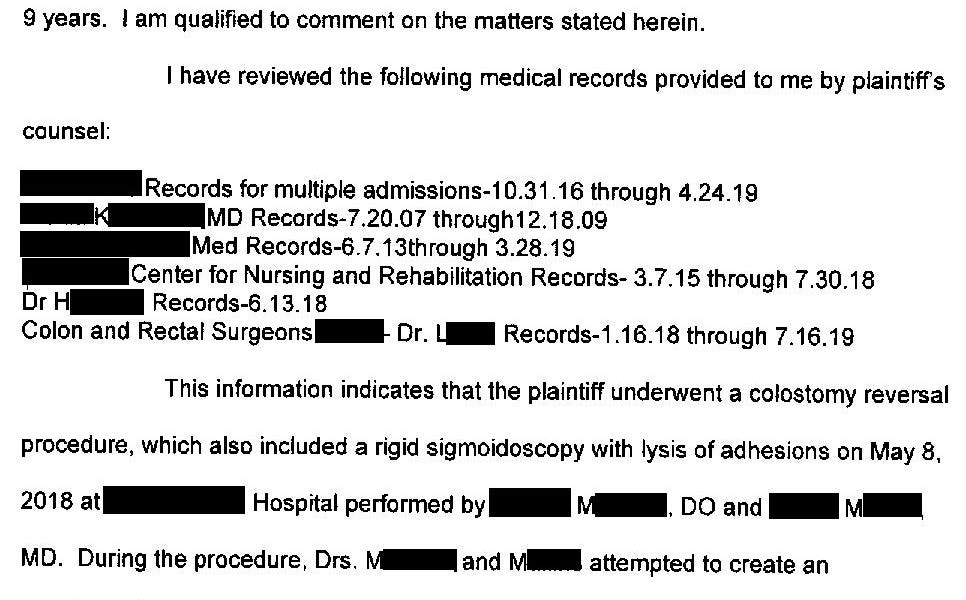How does this occur?

 expertwitness.substack.com
expertwitness.substack.com
Mrs. L was a 66-year-old woman who presented to the ED with abdominal pain.
Workup revealed perforated diverticulitis.
She was admitted and had a diverting colostomy.
18 months later she had a take-down of her colostomy.
The general surgeon who did the initial surgery and a fellowship-trained colorectal surgeon operated together.
Allegedly, they mistakenly formed a complete anastamosis between her vagina and colon.
The patient hired an attorney and a lawsuit was filed.
Both the general surgeon and colorectal surgeon are named Dr. M.
The lawsuit is ongoing with a trial scheduled for October 2022.

Expert Witness Case #38
If you’re a fan of medical literature, you’re probably familiar with Oliver Sacks’ book The Man Who Mistook His Wife for a Hat. I wouldn’t compare myself to Sacks, but I will borrow his naming convention and adapt it for today’s case: The Surgeon Who Mistook A Vagina for a Rectal Stump
Mrs. L was a 66-year-old woman who presented to the ED with abdominal pain.
Workup revealed perforated diverticulitis.
She was admitted and had a diverting colostomy.
18 months later she had a take-down of her colostomy.
The general surgeon who did the initial surgery and a fellowship-trained colorectal surgeon operated together.
Allegedly, they mistakenly formed a complete anastamosis between her vagina and colon.
The patient hired an attorney and a lawsuit was filed.
Both the general surgeon and colorectal surgeon are named Dr. M.
The lawsuit is ongoing with a trial scheduled for October 2022.
